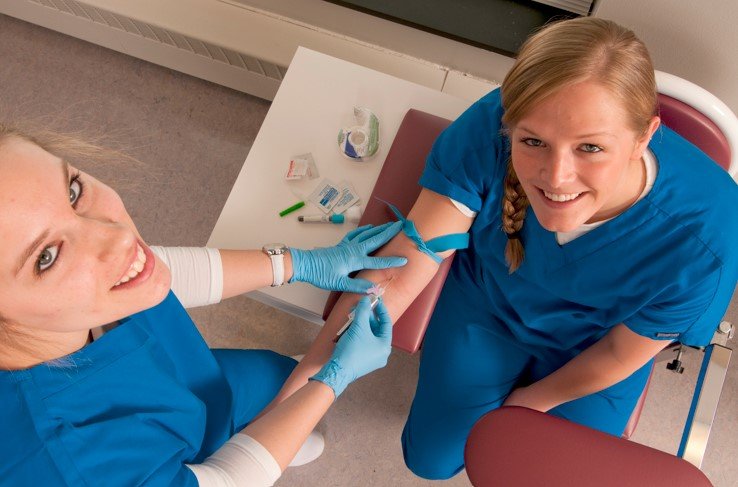Challenges in Implementing 3D Printing Technology in Hospitals
Summary
- Regulatory hurdles
- Certification and validation processes
- Cost and scalability issues
Introduction
With the advancements in technology, the healthcare industry has been constantly evolving to provide better and more efficient care to patients. One such technology that has gained traction in recent years is 3D Printing. Hospitals in the United States are increasingly looking into implementing 3D Printing technology for medical devices and supplies to improve patient outcomes and reduce costs. However, there are several challenges and barriers that they may face in the process.
Regulatory Hurdles
One of the major challenges that hospitals face when implementing 3D Printing technology for medical devices and supplies is navigating the complex regulatory landscape. The Food and Drug Administration (FDA) regulates medical devices, and any medical device that is produced using 3D Printing technology must meet the same regulatory standards as traditionally manufactured devices. This means that hospitals need to ensure that their 3D printed medical devices are safe and effective before they can be used on patients.
Additionally, hospitals may also need to obtain clearance or approval from the FDA before using 3D printed medical devices in clinical settings. The process of obtaining regulatory approval can be time-consuming and expensive, which can pose a barrier to the widespread adoption of 3D Printing technology in hospitals.
Certification and Validation Processes
Another challenge that hospitals face when implementing 3D Printing technology for medical devices and supplies is the certification and validation processes. Hospitals must ensure that the 3D printers they use are capable of producing medical-grade devices that meet the required specifications and standards. This requires extensive testing and validation to verify the quality and safety of the 3D printed medical devices.
In addition, hospitals may need to work with third-party certification bodies to certify their 3D Printing processes and ensure compliance with regulatory requirements. The certification and validation processes can be resource-intensive and time-consuming, which can hinder the adoption of 3D Printing technology in hospitals.
Cost and Scalability Issues
Cost is another major barrier that hospitals face when implementing 3D Printing technology for medical devices and supplies. The initial investment in 3D Printing equipment can be expensive, and hospitals may also need to hire specialized personnel to operate the equipment and oversee the 3D Printing processes. This can add to the overall cost of implementing 3D Printing technology in hospitals.
Furthermore, scalability is a concern for hospitals looking to adopt 3D Printing technology for medical devices and supplies. While 3D Printing offers the potential for customizing medical devices for individual patients, scaling up production to meet the demands of a large healthcare facility can be challenging. Hospitals need to consider how they can efficiently and effectively integrate 3D Printing technology into their existing Supply Chain and operational processes.
Conclusion
Despite the potential benefits of using 3D Printing technology for medical devices and supplies, hospitals in the United States face several challenges and barriers when implementing this technology. Regulatory hurdles, certification and validation processes, and cost and scalability issues can all hinder the adoption of 3D Printing technology in hospitals. However, with careful planning and strategic investments, hospitals can overcome these challenges and leverage 3D Printing technology to improve patient care and outcomes.

Disclaimer: The content provided on this blog is for informational purposes only, reflecting the personal opinions and insights of the author(s) on the topics. The information provided should not be used for diagnosing or treating a health problem or disease, and those seeking personal medical advice should consult with a licensed physician. Always seek the advice of your doctor or other qualified health provider regarding a medical condition. Never disregard professional medical advice or delay in seeking it because of something you have read on this website. If you think you may have a medical emergency, call 911 or go to the nearest emergency room immediately. No physician-patient relationship is created by this web site or its use. No contributors to this web site make any representations, express or implied, with respect to the information provided herein or to its use. While we strive to share accurate and up-to-date information, we cannot guarantee the completeness, reliability, or accuracy of the content. The blog may also include links to external websites and resources for the convenience of our readers. Please note that linking to other sites does not imply endorsement of their content, practices, or services by us. Readers should use their discretion and judgment while exploring any external links and resources mentioned on this blog.

